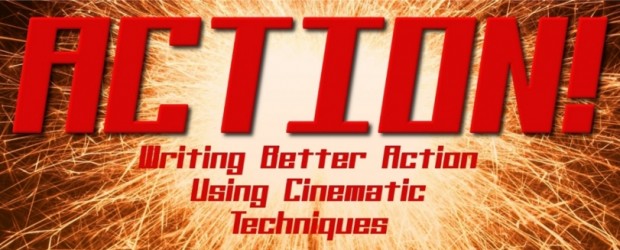Like all good fiction, it all comes down to conflict and the ways a character can choose to resolve it. Ultimately, these boil down to three possibilities. Any of these are legitimate means for dealing with the central conflict of your story, and be sure to weigh the pros and cons of each one when deciding your character’s route.
Avoidance. The character chooses to avoid taking action in the face of conflict. This is the ultimate non-violent solution. This is a fairly common choice in the real world because people either don’t want to get involved or else choose to involve themselves in a non-confrontational way. This is the equivalent of not answering the door when the Jehovah’s Witnesses come calling.
Dialogue. The character chooses non-violent, active methods to resolve conflict. This often means the character argues his position or opens a negotiation dialogue with the opponent. This is a very common method of conflict resolution in the real world in a variety of circumstances. Dialogue is the staple tool of the courtroom drama, for example.
Action. Sometimes a problem is too serious to avoid, and the time for dialogue has passed. In those moments, an action scene must suffice. Or, as Padme Amidala described it in Star Wars: Episode II – Attack of the Clones, “aggressive negotiation.”
